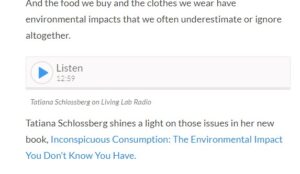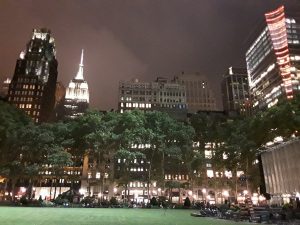Table of Contents
Introduction
- Students are required to read all the documents under “Start Here” folder.
- Navigate our class website.
Topic 1: Modernity and modern cities
-
- This week’s agenda:
- Explore urban sociology
- Think about what makes modern cities.
- Juxtapose two images to create and represent urban landscape
- This week’s agenda:
Introduction to Urban Sociology: why cities matter ?
What is urban sociology? What do we study? Why do we care about cities?
In order to understand what urban sociology is and what we study, you are required to complete a short reading assignment. Click this link: Introduction to Urban Sociology Overview.
Topic 1
Documentary: My Brooklyn
-
- Watch
- We will watch this documentary together in class.
- If you are absent or off campus, you will need to sign up for a Kanopy account using your CUNY First ID and password.
- Click this for off-campus access.
- After watching this video, work on Assignment 1. Due by Sept 26.
- Watch
Topic 1: Modernity and modern cities– Juxtapositions and complexity of modern cities
- This week’s agenda:
- Travel to European and American cities in the 19th century and the early 20th century.
- Learn about how industrialization had accelerated urbanization and created extraordinary juxtapositions and complexity in modern cities by reading Friedrich Engels, Jacob Riis and Georg Simmel.
Introduction to Urban Sociology
- Read:
There are three shorting reading assignments for today’s class.
-
- First, read “The era of industrialization” in Britannica in order to learn more about the historical background of modern cities. Those who took Elements of Sociology at City Tech or any Introduction to Sociology class anywhere else would remember how sociology had emerged in an industrial era.
- Second, read “Industrial Manchester, 1844” in The Condition of the Working-Class in England in 1844.
- Third, learn more about New York City context by reading Jacob Riis’ How the Other Half Lives: Studies Among the Tenements of New York.
-
- Read these three short chapters, provided by The Project Gutenberg EBook.
-
- Watch:
-
- See:
- Photos provided by Museum of the City of New York
- See:
Topic 2: Modernity and modern cities/ Modern Consumerism
Urban residents in modern society
-
- There is only two reading assignments for today’s class. As always, they are short. You can finish reading them in an hour!
-
- Read “World’s Fair” in Britannica.
-
- Think about how World’s Fair or Expo have promoted national achievement and global economy in a modern era.
-
- Read Georg Simmel’s The Metropolis and Mental Life, provided by Blackwell Publishing
-
- Learn how Simmel understood the difference between metropolitan life and small town by focusing on psychological basis of the metropolitan life.
- Key words: money economy, blasé attitude, indifference and reserve.
-
- Read “World’s Fair” in Britannica.
-
- There is only two reading assignments for today’s class. As always, they are short. You can finish reading them in an hour!
Modernity and consumption
- The New York Times
-
- CUNY offers The New York Times subscription for students, staff and faculty.
- Click this link and register it with your City Tech email address, if you have not done it yet. We read a lot of newspaper articles so please be prepared.
-
- Reading for today’s class
Read three articles about conspicuous consumption and inconspicuous consumption, including newspaper articles.
-
- Thorstein Veblen. 1899. “Conspicuous Consumption“
- James Surowiecki, 2009, “Inconspicuous Consumption” in the New Yorker.
- Elsa Partan & Heather Goldstone’s “Inconspicuous Consumption Still Has A Cost ” and listen to the audio by clicking “Listen.”

While reading them, think about 1) how an individual accumulate property, 2) what makes leisure class, and 3) if Veblen’s theory is still relevant to understand contemporary American society.
-
-
- Key words: leisure class, conspicuous waste, conspicuous leisure, and conspicuous consumption
-




